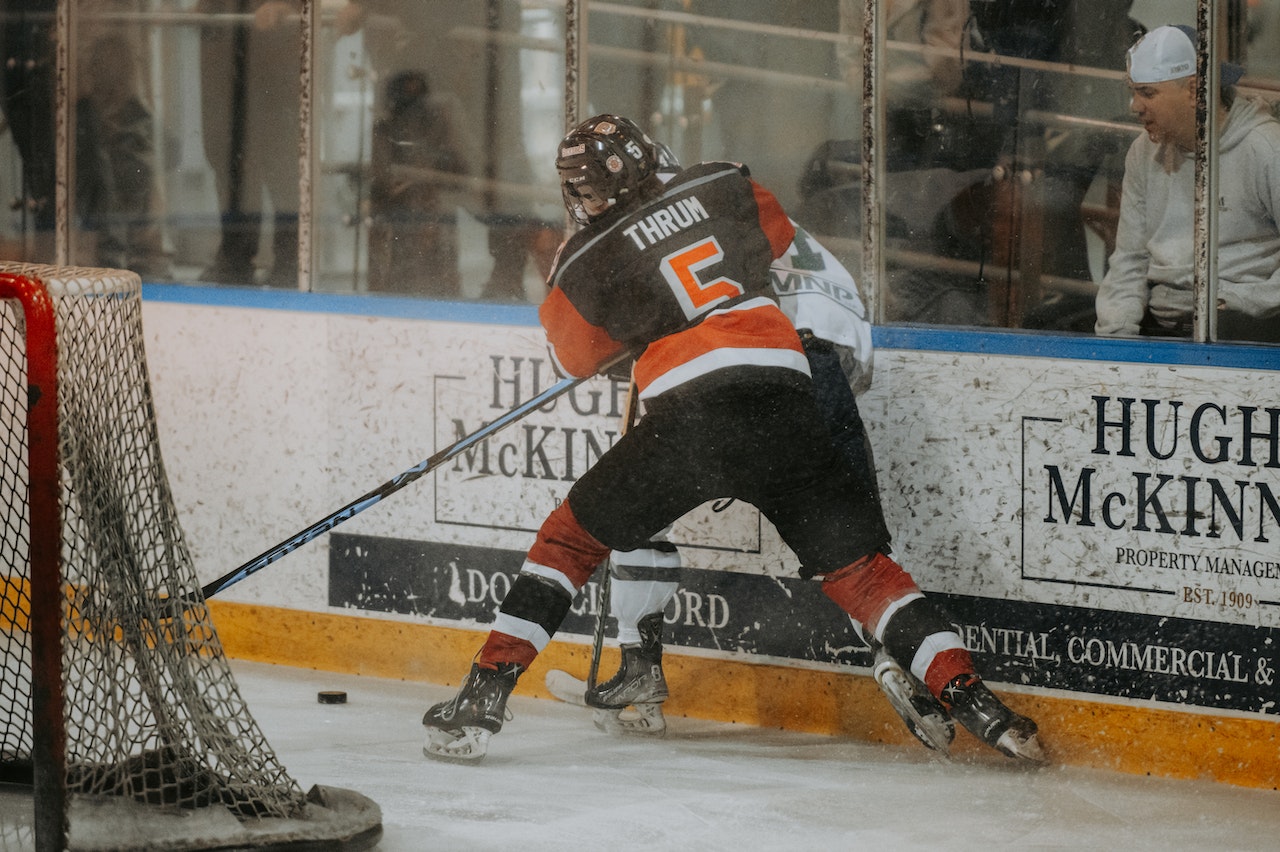Physical Therapy after AC Joint Surgery
Are you about to start physical therapy after getting surgery to fix the Acromioclavicular (AC) joint separation? You are in the right place. In this article, we are going to review the key steps and what to expect during your physical therapy sessions.
What is AC joint separation?
A shoulder separation is a fairly common injury, especially in certain sports such as ice hockey and football. Most shoulder separations are actually injuries to the acromioclavicular (AC) joint. The AC joint is the connection between the shoulder blade and the collarbone.
Shoulder dislocations and AC joint separations are often mistaken for each other. But they are very different injuries. Shoulder dislocation occurs in the glenohumeral joint and often has more serious consequences. In this article, we are focusing on the AC joint.
Initially after the AC joint surgery
The first few therapy treatments will focus on controlling the pain and swelling from surgery. Ice and electrical stimulation treatments may help. Your therapist may also use massage and other types of hands-on treatments to ease muscle spasms and pain. Therapists usually wait four weeks before
starting range-of-motion exercises. With that said, you will probably begin with passive exercises. In passive exercises, the shoulder joint is moved, but your muscles stay relaxed. Your therapist gently moves your joint and gradually stretches your arm. You may be taught how to do passive exercises at home.
6 to 8 weeks after the surgery
Active therapy starts six to eight weeks after surgery, giving the ligaments time to heal. Active range-of-motion exercises help you regain shoulder movement using your own muscle power. You might begin with light isometric strengthening exercises. These exercises work the muscles without straining the
healing joint.
3 months after the AC joint surgery
After about three months, you will start more active strengthening. Exercises will focus on improving strength and control of the rotator cuff muscles and the muscles around the shoulder blade. Your therapist will help you retrain these muscles to keep the ball of the humerus centered in the socket. This helps your shoulder move smoothly during all your activities.
Wrapping up
Recovery from shoulder surgery can take some time. In other words, you will need to be patient and stick to your therapy program. Some of the exercises you’ll do are designed to get your shoulder working in ways that are similar to your work tasks and sports activities. Most importantly, your therapist will be there helping you find ways to do your tasks that avoid putting too much stress on your shoulder. Eventually, towards the end of physical therapy, your therapist will teach you a number of ways to avoid future problems.
The therapists are exceptionally knowledgeable and spend the time with you that you don’t find at most outpatient clinics. It’s as much different feel. The team at Advanced Physical Therapy of Prospect makes everyone feel like a friend or family from the moment they walk through the doors. Would highly recommend to anyone.
Brendon / A Patient’s Review from Advanced Physical Therapy at Burlington
If you have further questions about starting physical therapy with us, check out our frequently asked questions.

